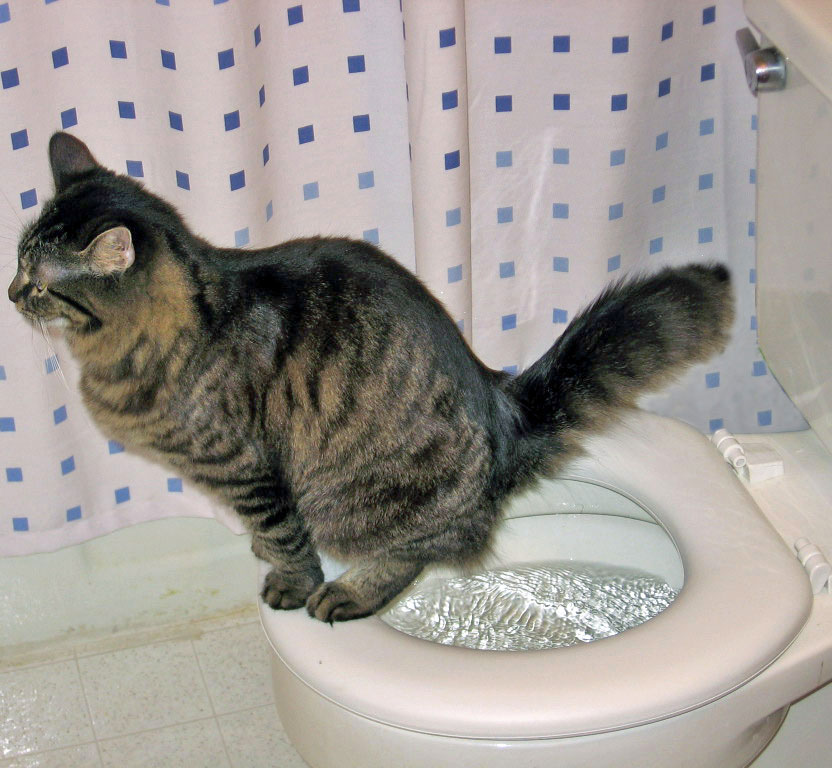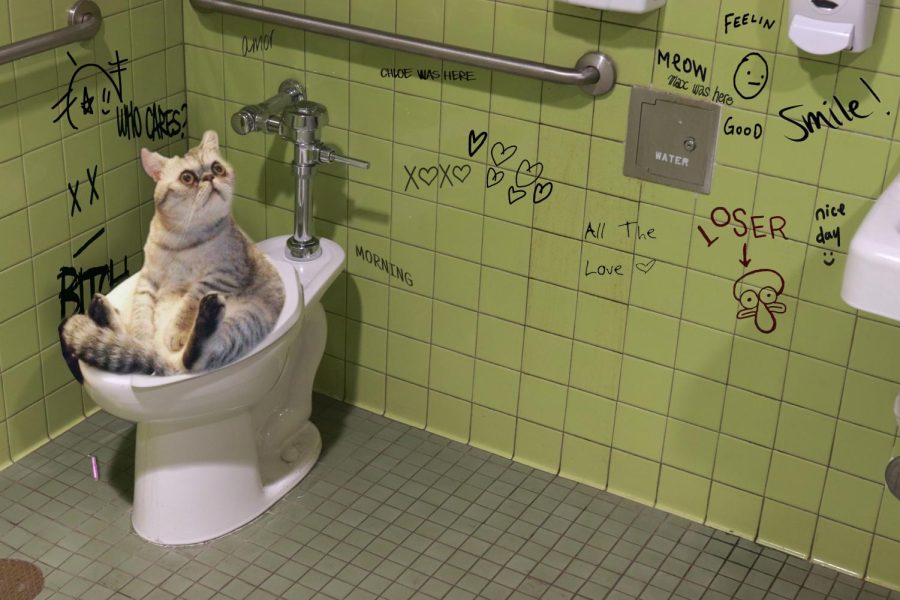Why Flushing Cat Poop Down Your Toilet Is Bad - Suggestions for Proper Handling
Why Flushing Cat Poop Down Your Toilet Is Bad - Suggestions for Proper Handling
Blog Article
What are your thoughts with regards to Don’t flush cat feces down the toilet?

Intro
As feline owners, it's essential to bear in mind exactly how we get rid of our feline buddies' waste. While it might appear hassle-free to purge cat poop down the commode, this method can have detrimental repercussions for both the environment and human health and wellness.
Ecological Impact
Flushing feline poop introduces dangerous pathogens and parasites right into the water, positioning a considerable threat to aquatic environments. These impurities can adversely impact marine life and compromise water high quality.
Health and wellness Risks
Along with ecological worries, purging pet cat waste can additionally posture wellness threats to human beings. Feline feces may include Toxoplasma gondii, a parasite that can cause toxoplasmosis-- a potentially extreme ailment, especially for expecting women and individuals with damaged body immune systems.
Alternatives to Flushing
Thankfully, there are safer and extra accountable ways to dispose of feline poop. Consider the adhering to options:
1. Scoop and Dispose in Trash
One of the most typical approach of getting rid of cat poop is to scoop it into an eco-friendly bag and throw it in the garbage. Make certain to use a specialized clutter scoop and get rid of the waste without delay.
2. Use Biodegradable Litter
Choose naturally degradable pet cat clutter made from materials such as corn or wheat. These litters are environmentally friendly and can be safely gotten rid of in the garbage.
3. Hide in the Yard
If you have a lawn, consider burying feline waste in an assigned location away from vegetable gardens and water resources. Be sure to dig deep sufficient to prevent contamination of groundwater.
4. Set Up a Pet Waste Disposal System
Purchase a family pet garbage disposal system particularly made for cat waste. These systems utilize enzymes to break down the waste, minimizing smell and ecological influence.
Conclusion
Accountable pet dog possession extends past supplying food and shelter-- it additionally involves correct waste management. By avoiding flushing feline poop down the commode and choosing different disposal methods, we can lessen our ecological footprint and secure human wellness.
Why Can’t I Flush Cat Poop?
It Spreads a Parasite
Cats are frequently infected with a parasite called toxoplasma gondii. The parasite causes an infection called toxoplasmosis. It is usually harmless to cats. The parasite only uses cat poop as a host for its eggs. Otherwise, the cat’s immune system usually keeps the infection at low enough levels to maintain its own health. But it does not stop the develop of eggs. These eggs are tiny and surprisingly tough. They may survive for a year before they begin to grow. But that’s the problem.
Our wastewater system is not designed to deal with toxoplasmosis eggs. Instead, most eggs will flush from your toilet into sewers and wastewater management plants. After the sewage is treated for many other harmful things in it, it is typically released into local rivers, lakes, or oceans. Here, the toxoplasmosis eggs can find new hosts, including starfish, crabs, otters, and many other wildlife. For many, this is a significant risk to their health. Toxoplasmosis can also end up infecting water sources that are important for agriculture, which means our deer, pigs, and sheep can get infected too.
Is There Risk to Humans?
There can be a risk to human life from flushing cat poop down the toilet. If you do so, the parasites from your cat’s poop can end up in shellfish, game animals, or livestock. If this meat is then served raw or undercooked, the people who eat it can get sick.
In fact, according to the CDC, 40 million people in the United States are infected with toxoplasma gondii. They get it from exposure to infected seafood, or from some kind of cat poop contamination, like drinking from a stream that is contaminated or touching anything that has come into contact with cat poop. That includes just cleaning a cat litter box.
Most people who get infected with these parasites will not develop any symptoms. However, for pregnant women or for those with compromised immune systems, the parasite can cause severe health problems.
How to Handle Cat Poop
The best way to handle cat poop is actually to clean the box more often. The eggs that the parasite sheds will not become active until one to five days after the cat poops. That means that if you clean daily, you’re much less likely to come into direct contact with infectious eggs.
That said, always dispose of cat poop in the garbage and not down the toilet. Wash your hands before and after you clean the litter box, and bring the bag of poop right outside to your garbage bins.
https://trenchlesssolutionsusa.com/why-cant-i-flush-cat-poop/

Do you enjoy reading about Don’t flush cat feces down the toilet? Place a review down the page. We would be delighted to know your reactions about this review. We are looking forward that you come back again soon. Make sure you set aside a second to promote this entry if you enjoyed it. I enjoy reading our article about How to Dispose of Cat Poop and Litter Without Plastic Bags.
Click Here Report this page